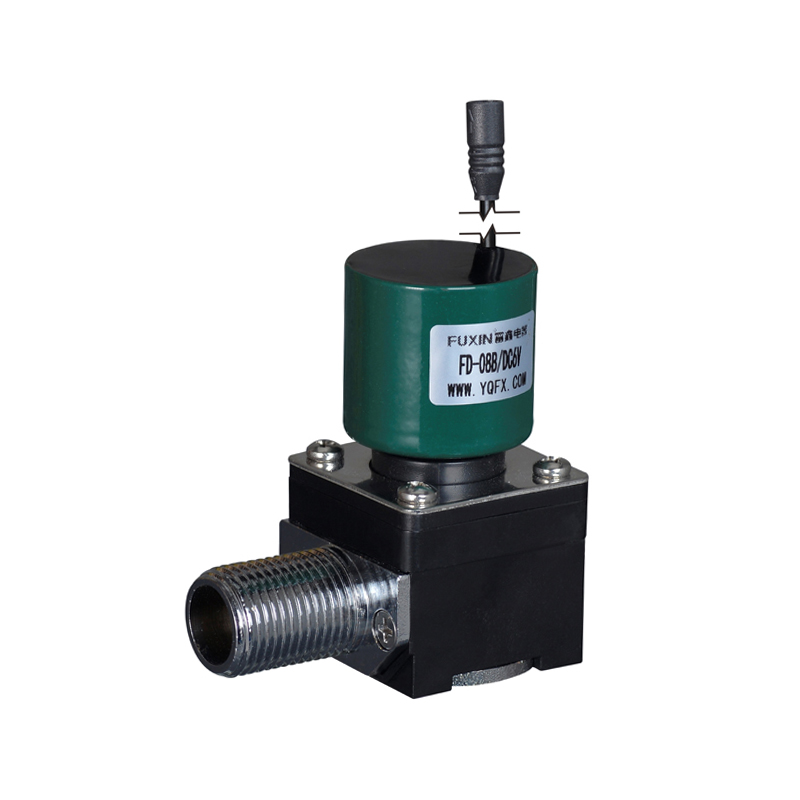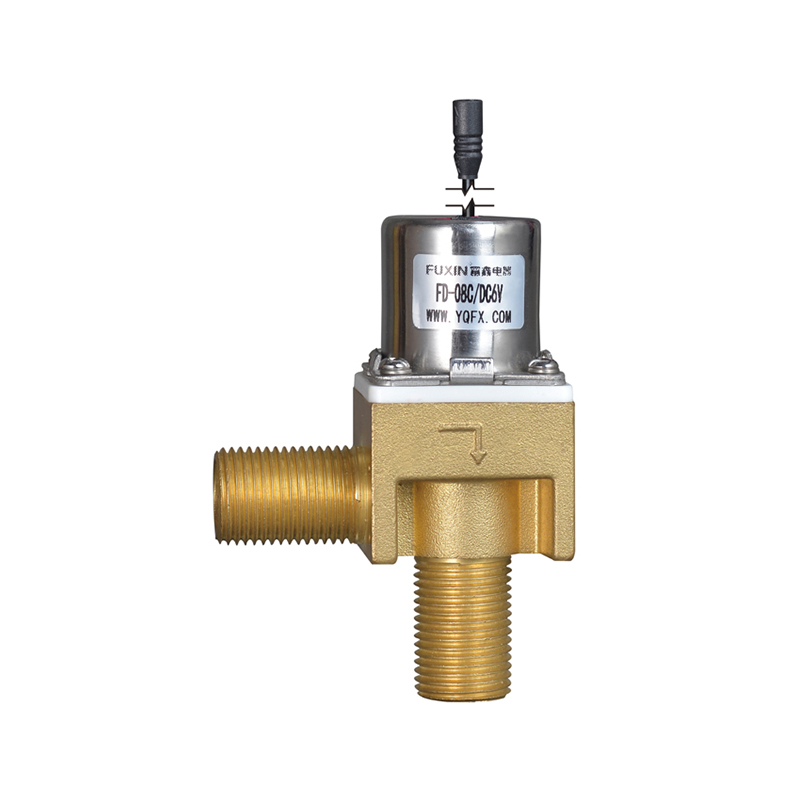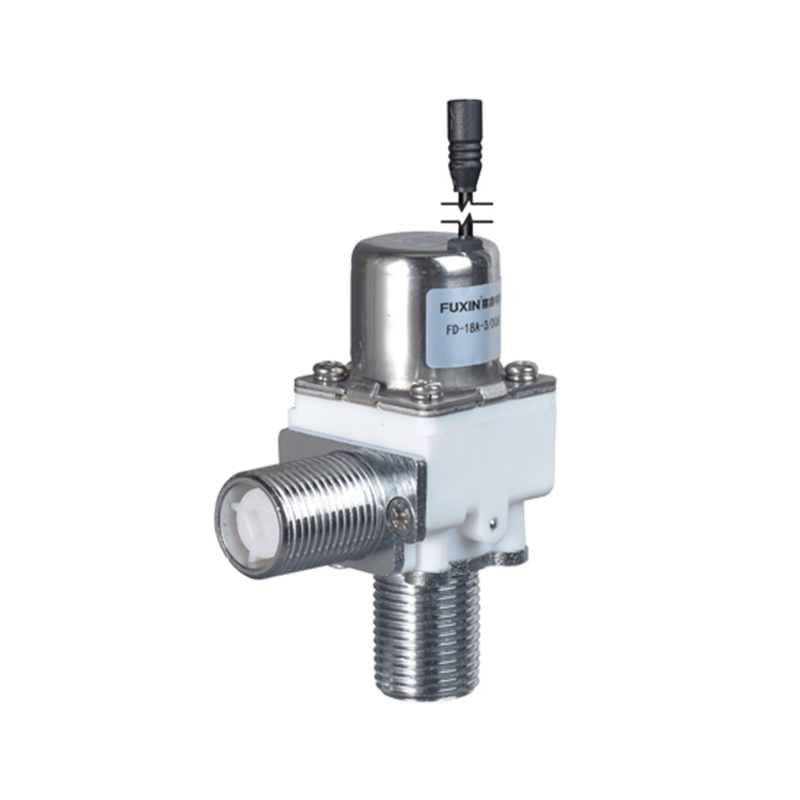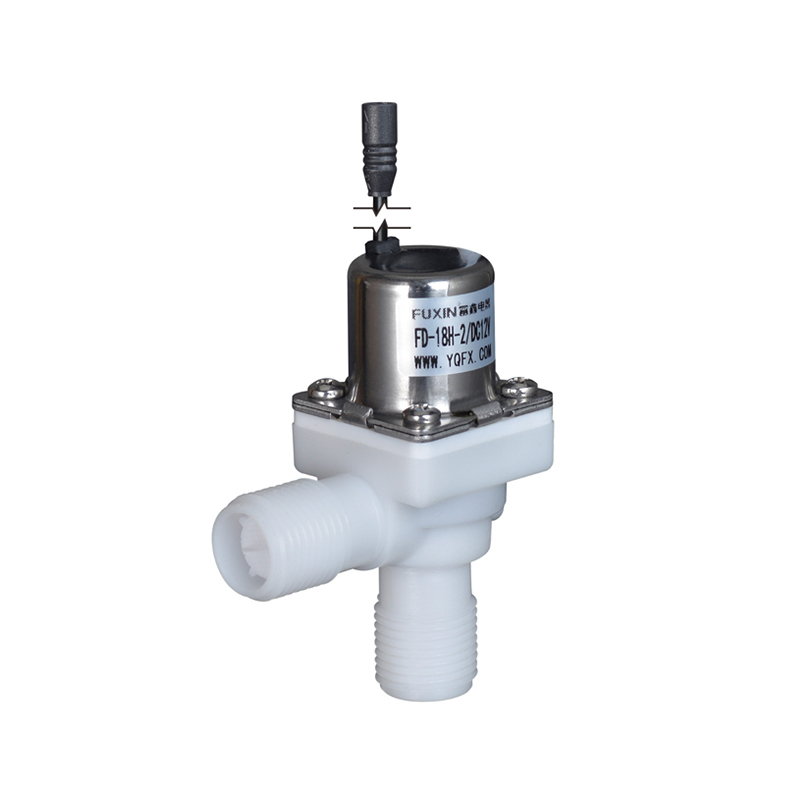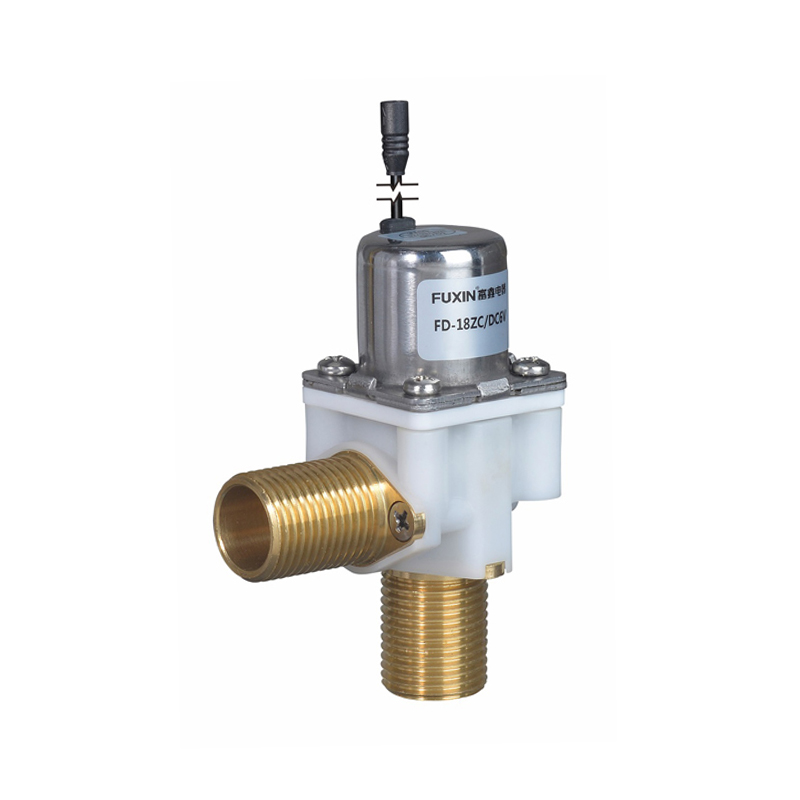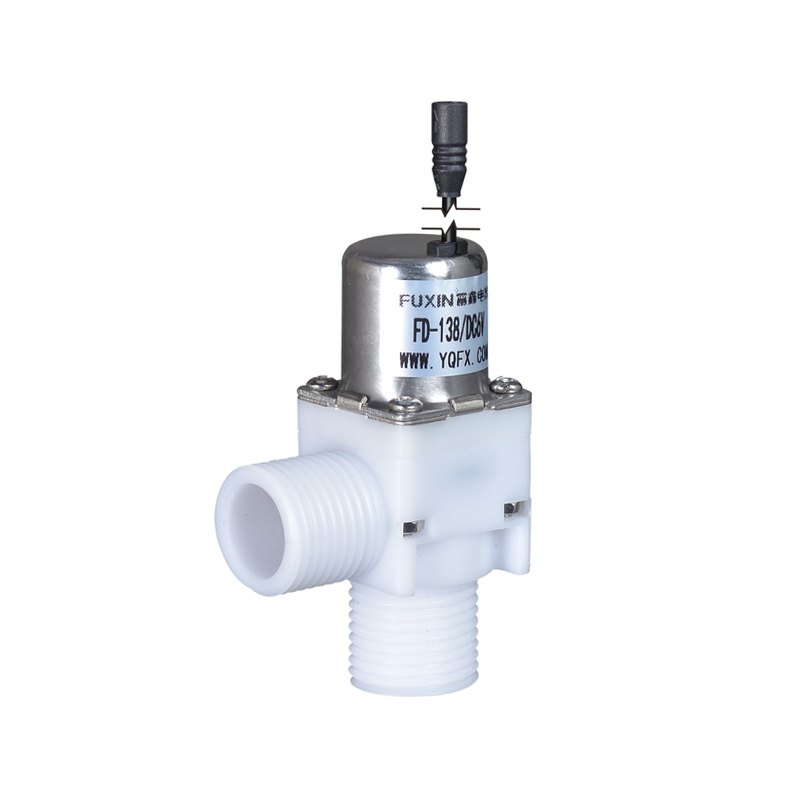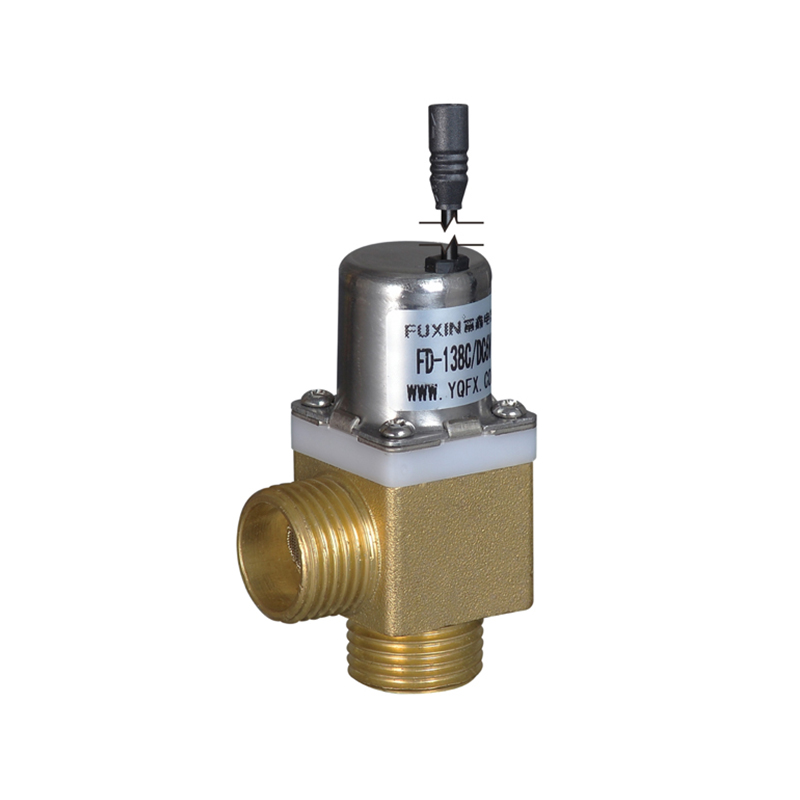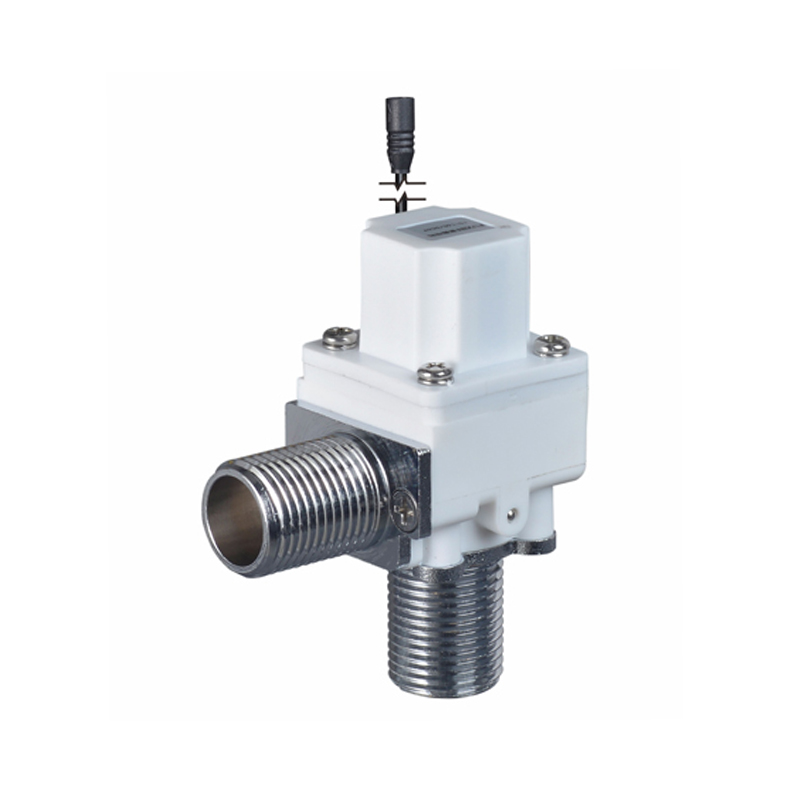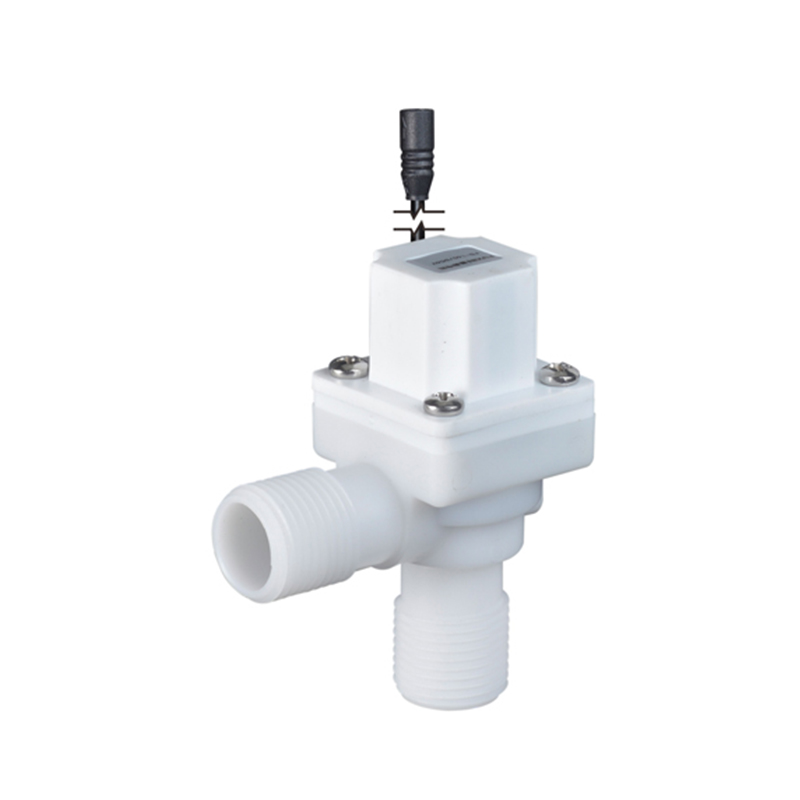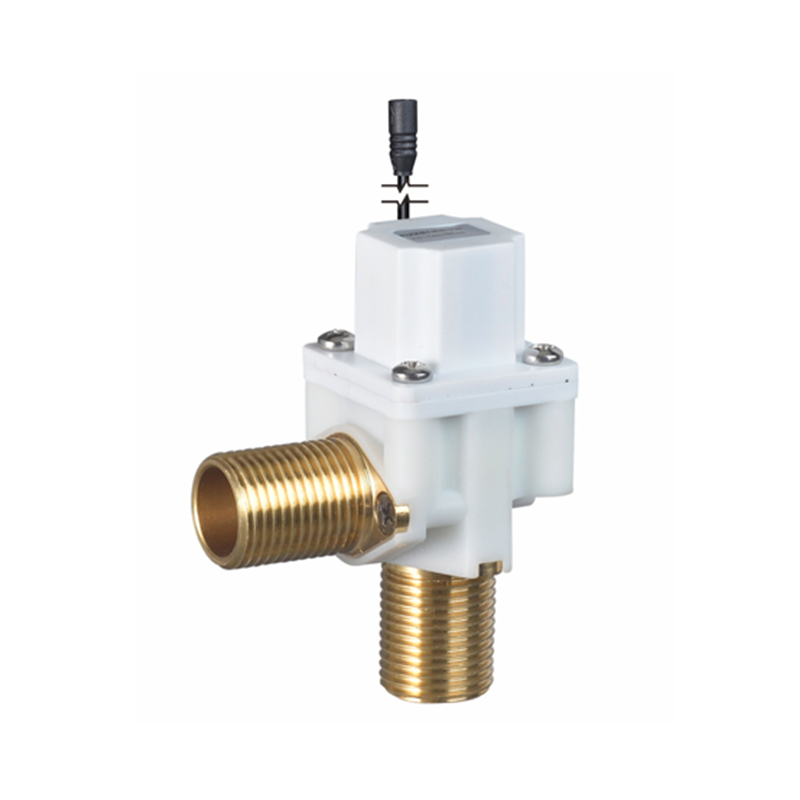The modern bathroom is undergoing a quiet revolution, shifting from purely functional spaces to hubs of intelligent design, convenience, and sustainability. At the heart of this transformation, particularly within automated faucets, lies a critical component: the sensor faucet solenoid valve. This unassuming device is fundamentally reshaping how we interact with water fixtures, driving the evolution of truly smart bathrooms.
Gone are the days of manually turning taps. Sensor-activated faucets have become commonplace in public restrooms and are rapidly gaining popularity in homes. But the magic isn't just in the sensor detecting a hand; it's in the lightning-fast, reliable action of the sensor faucet solenoid valve that makes touchless operation possible. This valve acts as the electronic gatekeeper for water flow. When the infrared sensor detects presence, it sends a low-voltage signal to the sensor faucet solenoid valve. Within milliseconds, this valve opens, allowing pressurized water to flow through the spout. Remove the hands, and the signal ceases, prompting the sensor faucet solenoid valve to snap shut, instantly stopping the water.
The transformative power of the sensor faucet solenoid valve manifests in several key areas defining smart bathroom fixtures:
Enhanced Hygiene & Health: This is perhaps the significant impact. By eliminating the need to touch handles—often hotspots for germs like bacteria and viruses—sensor faucet solenoid valve-enabled fixtures drastically reduce cross-contamination. This is crucial not only in healthcare facilities and restaurants but also increasingly valued in homes, promoting better family health. The touchless nature directly addresses a core hygiene concern.
Water Conservation & Sustainability: Precision control is inherent to the sensor faucet solenoid valve. Water flows only when needed and shuts off immediately when hands are removed. This eliminates the common waste associated with leaving taps running while lathering hands or brushing teeth. Studies consistently show sensor faucets, thanks to the reliable shut-off of their sensor faucet solenoid valve, can reduce water usage by 30-50% compared to manual faucets, contributing significantly to sustainability goals and lower utility bills.
User Convenience & Accessibility: Smart fixtures should simplify life. A sensor faucet solenoid valve enables effortless operation—especially beneficial for individuals with limited mobility or arthritis or when hands are full or messy. It offers consistent, predictable performance without fumbling for handles. The reliable activation and deactivation provided by the sensor faucet solenoid valve create a seamless and accessible user experience.
Integration with Smart Ecosystems: Modern sensor faucet solenoid valve units are increasingly designed to be part of broader smart home networks. Paired with Wi-Fi or Bluetooth modules, they can provide usage data (helping track water consumption), alert users or maintenance staff to potential issues like low batteries or leaks detected by unusual sensor faucet solenoid valve activity, and even integrate with voice assistants for control or monitoring, elevating the fixture's intelligence.
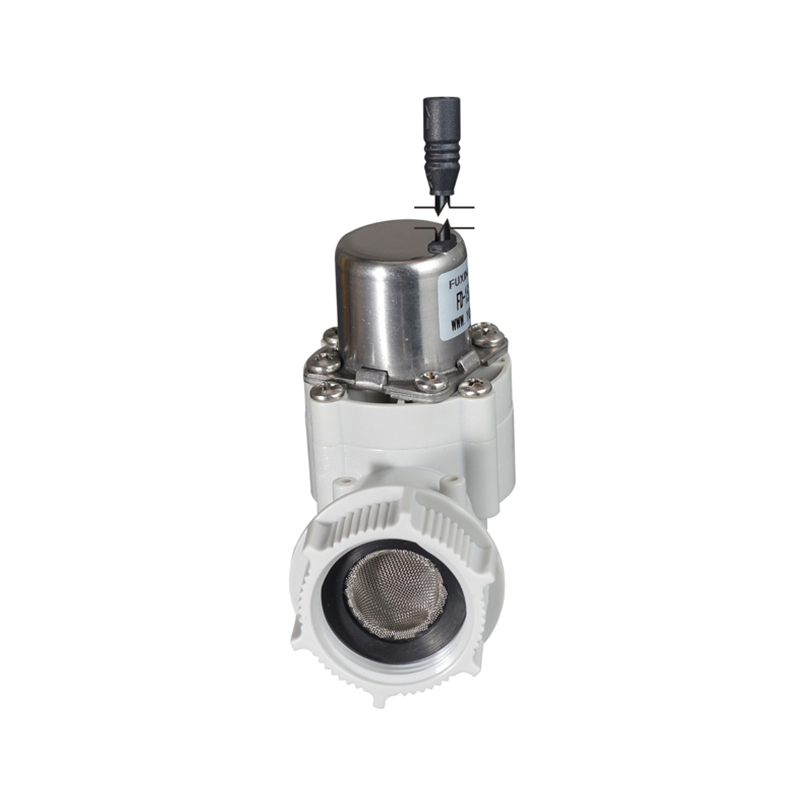
Improved Maintenance & Leak Prevention: Unlike traditional cartridge valves that can wear out or become calcified, to drips, the sensor faucet solenoid valve is inherently less prone to leakage when functioning correctly. Its positive shut-off mechanism provides a reliable seal. Furthermore, smart systems monitoring the sensor faucet solenoid valve can generate diagnostics, predicting maintenance needs before a failure occurs, reducing downtime and water damage risks.
The reliability of the sensor faucet solenoid valve is paramount. Manufacturers focus intensely on developing valves that can withstand millions of cycles, resist mineral buildup common in water supplies, and operate effectively across a range of water pressures. Advances in materials science and electromagnetic design continue to refine the durability and efficiency of the sensor faucet solenoid valve, ensuring consistent performance in demanding environments. The core function of the sensor faucet solenoid valve—rapid, reliable opening and closing—remains the foundation upon which all these smart features are built.
Beyond the faucet itself, the technology centered on the sensor faucet solenoid valve is influencing the design of other smart bathroom fixtures. Sensor-operated soap dispensers, touchless flushometers for toilets and urinals, and even automated shower systems rely on similar solenoid valve principles for hands-free operation, hygiene, and water savings. The sensor faucet solenoid valve has set a standard for interaction in the modern bathroom.
The integration of the sensor faucet solenoid valve is more than just adding automation; it represents a fundamental shift towards responsive, efficient, and hygienic environments. As smart home technology advances, we can expect sensor faucet solenoid valve technology to become even more sophisticated. Future iterations may feature enhanced diagnostics, finer flow control, greater energy efficiency, and seamless integration with water quality monitoring systems.
In conclusion, the sensor faucet solenoid valve is not merely a component; it is the crucial actuator enabling the core functionalities of modern smart faucets. Its ability to provide touchless control, ensure water conservation, enhance hygiene, and integrate into intelligent systems is undeniably transforming bathroom fixtures. As this technology continues to evolve and become more accessible, the reliable, efficient, and hygienic operation guaranteed by the sensor faucet solenoid valve will increasingly define the standard for smart, sustainable, and user-friendly bathrooms for all.


 EN
EN English
English Español
Español

